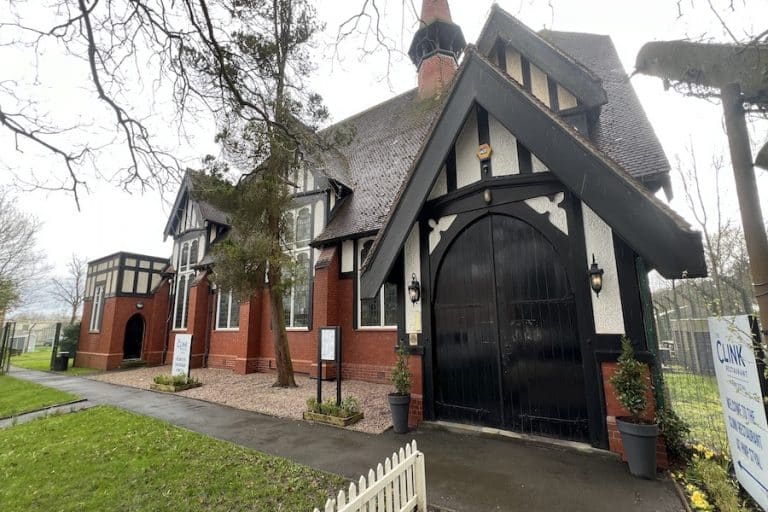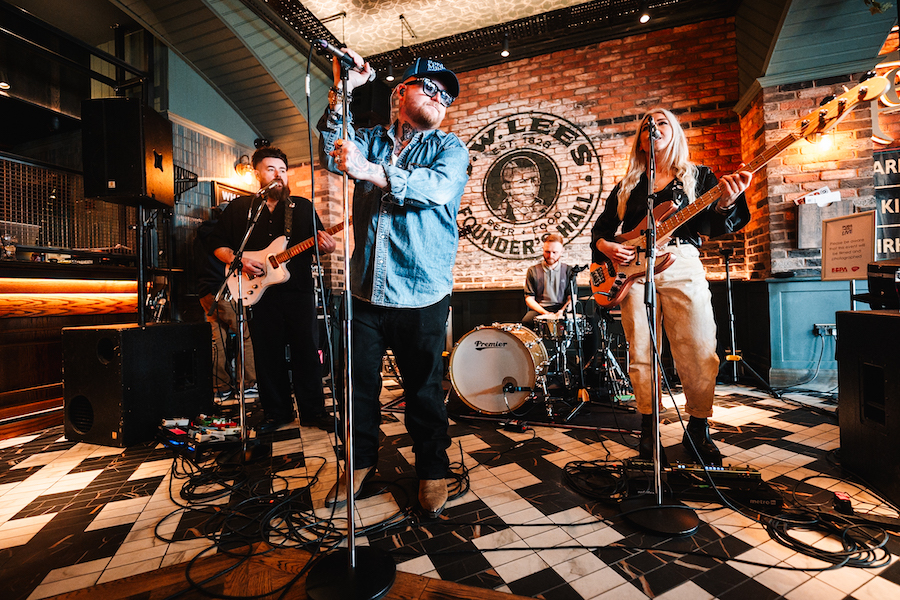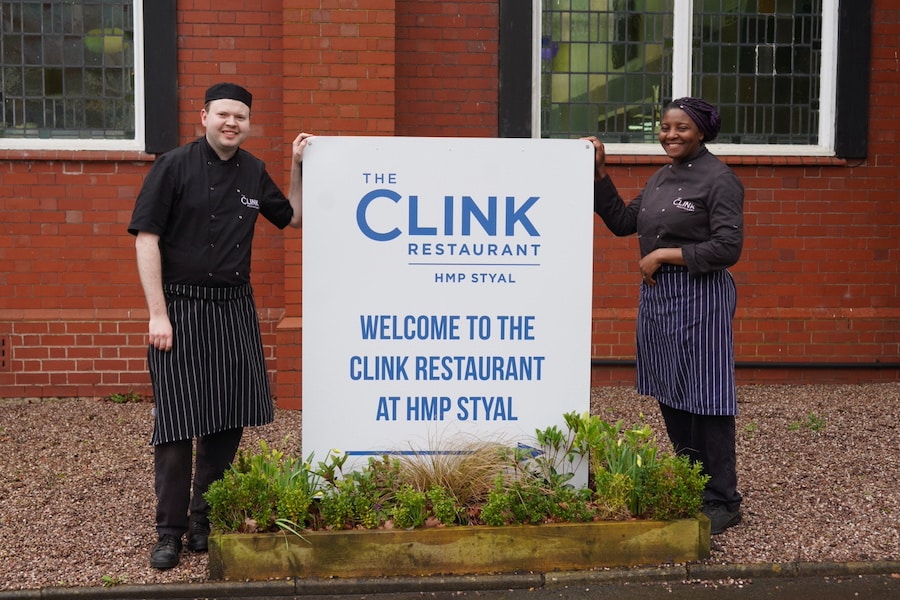What’s next for the Oldham Coliseum?
- Written by Charlotte Green
- Last updated 2 years ago
- Community, Oldham, Theatre
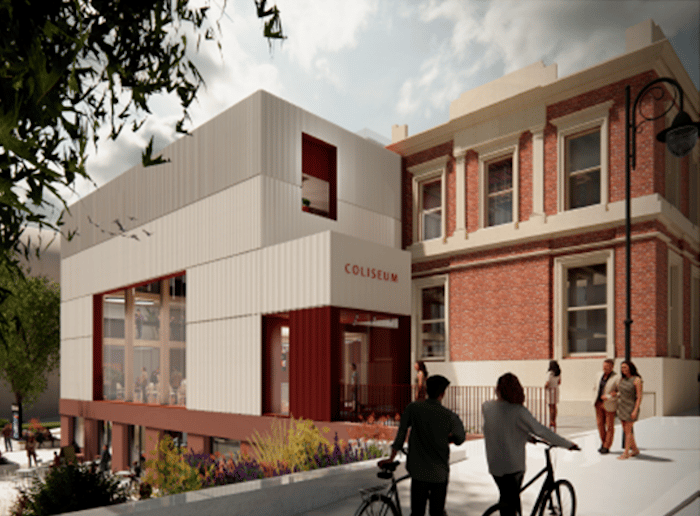
Plans for a new home for Oldham’s Coliseum Theatre have been lodged – five months after the iconic venue closed.
What’s next for the Oldham Coliseum?

A passionate campaign to save the historic venue on Fairbottom Street was unsuccessful, and it shut to the public for the final time on March 31, leaving the theatre company without a physical home to stage productions.
It followed a decision by Arts Council England (ACE) in November last year to drop the Coliseum from its funding portfolio for the next three years after the body deemed it ‘high risk’, raising concerns about its’ financial management, leadership and governance.
The funding cut – which was a third of the income for the Coliseum – meant the financial situation was ‘not sustainable for the current continuation of the business’, theatre chiefs said.
In February council bosses agreed to ‘recommit’ to the development of a replacement new theatre in the borough at a cost of £24.5m – but the venue wouldn’t open until 2026.
A New Theatre for Oldham

Oldham Coliseum Theatre Ltd, with a new board formed following the theatre’s closure, is to be the new ‘anchor’ tenant of the building on Greaves Street, which faces onto Union Street.
A planning application has now been submitted by Oldham council for the development, which will see the conversion and refurbishment of the Grade-Two listed former post office and Quaker meeting house, the demolition of a former museum building and the construction of a central new building.
As well as theatre facilities it would also include office space, community and education areas and a café and bar.
The former Fairbottom Street theatre had been deemed ‘beyond its expected lifespan’ and a survey carried out in January uncovered ‘numerous’ urgent health safety works.
The History of the Oldham Coliseum
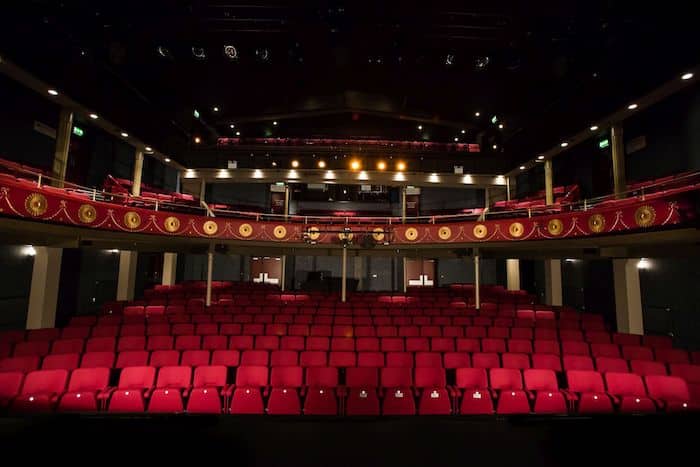
The Coliseum dates back to 1885, during the peak of the cotton industry. By the 2000s it had become the only surviving professional theatre in the town.
Despite its small size of just 585 seats, the Coliseum had an illustrious CV of past performers, from comedy titans such as Charlie Chaplin and Stan Laurel, to modern movie stars Ralph Fiennes and Minnie Driver.
A public meeting at the Fairbottom Street theatre in February organised by the performance union Equity saw 400 people turn out to support the Oldham venue – and northern actors Maxine Peake, Paul Hilton, Julie Hesmondhalgh, John Henshaw and Christopher Biggins all publicly campaigned to keep it alive.
The new theatre would include a smaller main auditorium of 300 ‘plus’ seats, which could be used in a variety of configurations, and with a technical gallery level over the stage area and main house for light and sound, which would also be accessible for wheelchair users.
A Flexible Multi-Purpose Space
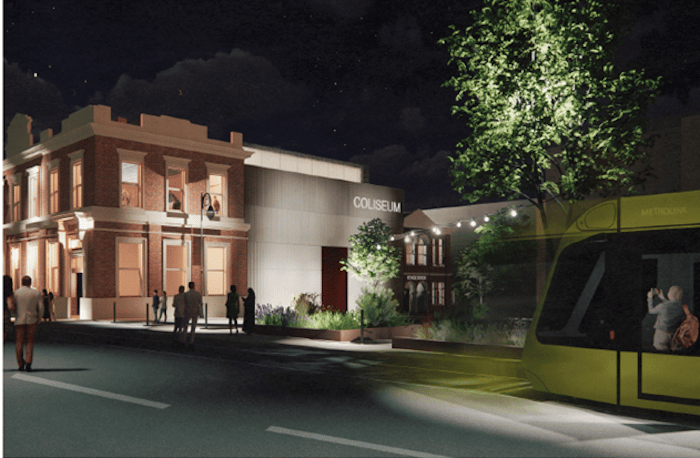
A studio space is also proposed with a maximum seating capacity of 120 seats, to be used as a ‘flexible multi-purpose space’ to work as a rehearsal space and also a secondary performance venue within the building.
It has been designed to be ‘flexible’ and cater for a range of theatrical performances, as well as open-mic nights, comedy stand-up shows and venue hire for events such as weddings, planning documents state.
However, during a public consultation on the plans, many people raised concerns that the seating capacity of the new venue is too small to make it a viable business option for a professional producing theatre company, and would not attract bigger touring companies.
In response, the application team stated: “The team have balanced affordability with the need to ensure the entire operation can thrive, creating a range of income streams to support a viable artistic and financial model.”

“It is envisaged this new centre for the arts will be a key economic and social driver in the town and will hold service to its community at its core,” the design documents add.
“This is a bold and innovative project that offers the opportunity to re-use existing heritage buildings in the Oldham Cultural Quarter and aspires to be a low-carbon enterprise.
“Placing relevance and inclusivity at its heart, it will expand the existing performing arts offer in Oldham in terms of scope, scale and quality, to nurture and grow audiences, increase provision for participatory activities and offer an inviting and comfortable environment for audiences and participants that reflects Oldham’s diverse communities.”
The proposed building will be constructed of ‘precast concrete and stone in various tones’ including red and buff tones to reference the surrounding historic buildings in the conservation area.
A decision on the plans is expected by mid-October, and due to the importance of the application which involves a listed building, will be made by the council’s planning committee.
- This article was last updated 2 years ago.
- It was first published on 29 August 2023 and is subject to be updated from time to time. Please refresh or return to see the latest version.
Did we miss something? Let us know: press@ilovemanchester.com
Want to be the first to receive all the latest news stories, what’s on and events from the heart of Manchester? Sign up here.
Manchester is a successful city, but many people suffer. I Love Manchester helps raise awareness and funds to help improve the lives and prospects of people across Greater Manchester – and we can’t do it without your help. So please support us with what you can so we can continue to spread the love. Thank you in advance!
An email you’ll love. Subscribe to our newsletter to get the latest news stories delivered direct to your inbox.
Got a story worth sharing?
What’s the story? We are all ears when it comes to positive news and inspiring stories. You can send story ideas to press@ilovemanchester.com
While we can’t guarantee to publish everything, we will always consider any enquiry or idea that promotes:
- Independent new openings
- Human interest
- Not-for-profit organisations
- Community Interest Companies (CiCs) and projects
- Charities and charitable initiatives
- Affordability and offers saving people over 20%
For anything else, don’t hesitate to get in touch with us about advertorials (from £350+VAT) and advertising opportunities: advertise@ilovemanchester.com

Head down the rabbit hole for Adventures in Wonderland with Z-arts

Major rail investment set to transform Manchester-Leeds commutes

“His presence will be deeply missed” Children’s hospice bids farewell to their visionary CEO

Has Gordon Ramsay created Manchester’s ultimate bottomless brunch?

The Clink celebrates ten years of empowerment and second chances
